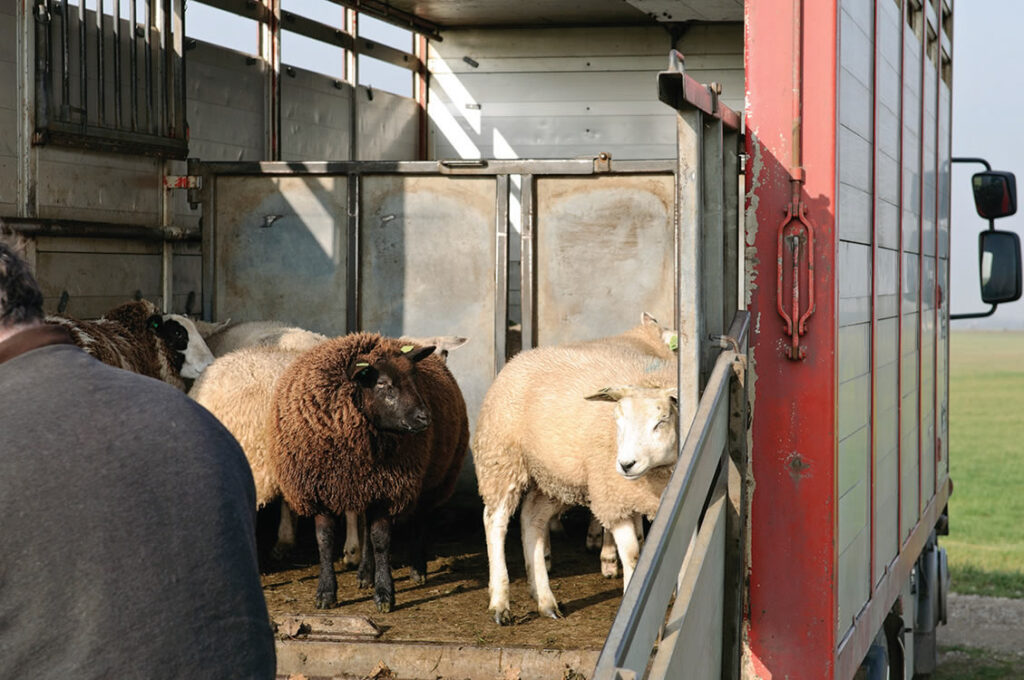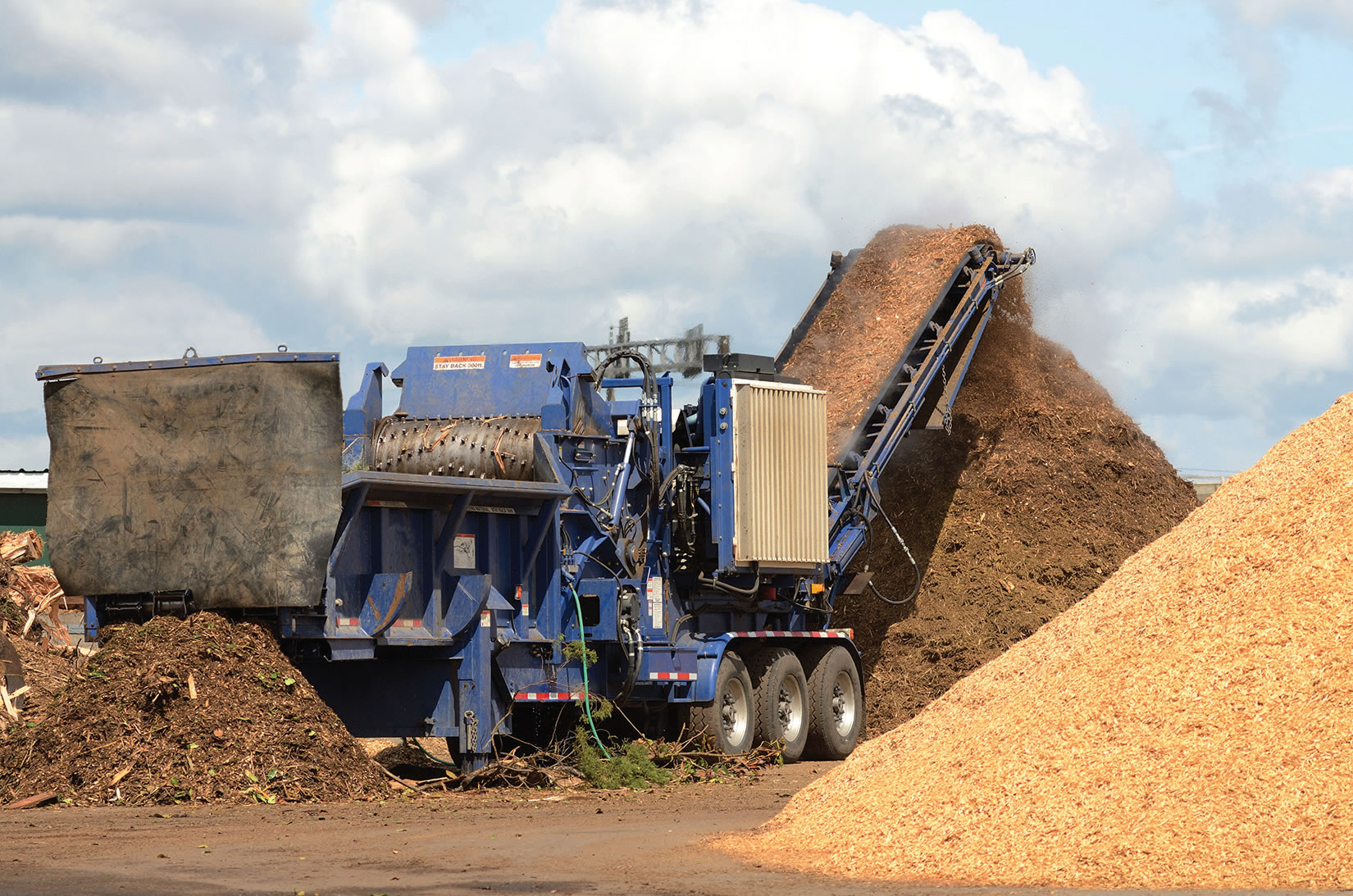By P.J. Heller
When the Sleepy Hollow Fire Protection District and Fire Safe Marin wanted to reduce the impact of wildfires in Marin County communities north of San Francisco, they brought in a unique crew from Star Creek Land Stewards to remove fire fuel.
Some 1,200 goats and sheep from Star Creek grazed hundreds of acres, removing fire fuel including non-native invasive plants.
“This approach proved cost-effective and gentle on the land, reducing the fuels for fire, restoring native grasslands where firefighters can more easily control fires, limiting greenhouse gas emissions, and creating pastoral fuel breaks in the open spaces between communities,” noted Fire Safe Marin, a nonprofit working to reduce fire hazards, promote fire safety awareness, and help residents prepare for wildfires in Marin County.
The Marin Community Fire Protection Plan of December 2020 reported that herds of goats and sheep have been used since 2016 to graze in open space areas as part of a large-scale fire hazard reduction project spearheaded by local landowners.
“The goat grazing program has been a collaborative effort to address key locations for fuel reduction to reduce the impact of wildfires in Marin communities,” it said.
Bianca Soares, project manager at Star Creek Land Stewards, said use of sheep and goats for land management and wildfire mitigation is nothing new. It is, she says, something that sheep and goat ranches do daily; the difference now is that while those ranches may have been involved with traditional markets for meat or wool, many of today’s sheep and goat ranchers are in the service industry, providing herds of animals for grazing lands to reduce the threat of wildfires or to improve land quality.
“I think just acknowledging this whole industry — not just grazers but sheep and goat ranchers in general — is removing these fire fuels every single day of the year whether they get paid for it or not . . . I think that’s really important to keep in mind,” Soares said.
The difference, she added, is that service businesses such as Star Creek have to be much more strategic compared to typical sheep or goat ranchers. Concerns include being able to move animals quickly through a site to avoid overgrazing; determining whether sheep, goats or a combination of the two should be used on a site, and the number of animals required.

Star Creek, based in Los Banos, CA, was started in 2014 by Soares’ mother, Andrée (Talbott) Soares, a third-generation California rancher.
Bianca Soares says her mother never differentiated between whether Star Creek would provide land management or wildfire suppression.
“It was all one and the same,” she said. “By providing the land management service we were also helping to provide fire fuels management. We were doing both land restoration and management as well as fire fuel suppression.”
Star Creek has approximately 3,500 goats and 1,500 sheep. It employs as many as 13 herders from Peru, although that number has dropped recently due to travel restrictions caused by the coronavirus pandemic. The company will normally take on projects from about 10 to 500 acres. A typical herd of 400 sheep and goats can graze about 1.5 acres per day; they often graze in steep and dense areas that humans could not access.
Before a job is started, Soares will visit the site and based on her findings determine whether a herd of sheep, goats or a combination of the two is required. Sheep would be used for grass, sheep and goats for a mix of brush and grass and just goats for a dense project of mostly brush.
“I’m going to make a decision based on what the vegetation looks like,” she explained. “Sheep are grazers and prefer nose level and down; goats are browsers and are nose level and up. They spend more time on two legs that they do on four.”
Electrical fencing will be installed around 2 or 3 acres before the herd arrives. Herding dogs are used to move the animals around a site; some herds also have a Great Pyrenees to protect them from predators.
The grazing season is usually April 1 to September 1, she said.
Star Creek is one of a growing number of grazing companies offering services to both private landowners and public agencies, including schools, park services and city, state and federal entities.
“In the past two to three years, a tremendous number of grazers have started up,” Soares said. “A lot of new people are getting involved in the industry. It’s a really booming industry for sure.”
Among the newcomers is Cuyama Lamb, which started in 2018 on California’s central coast. When the Santa Barbara (CA) Fire Department wanted to reduce fire fuel in a section of a 35-acre park in the northern part of the city, it contracted with Cuyama Lamb to bring in 100 sheep to graze the site.
In Colorado, the nonprofit Goatapelli Foundation launched in 2020 to “educate, train, re-train, re-skill, and support goat graziers, landowners, land managers, federal and state agencies who are responsible for taking care of the land in weed and fire management in the era of climate change.”
The Goatapelli Foundation is an offshoot of Goat Green, founded by Lani Malmberg who has been herding for more than two decades.
Services provided by the grazing companies have been especially critical this year, as drought conditions have helped fuel deadly wildfires across the West.
“In a really good rain year, there’s a lot of vegetation. You have tall grass, really thick grass. There’s more fire fuel,” Soares said. “In a year like this, a drought year, there may not be quite as much grass that grew up but what is there is going to get drier earlier so you’re going to have a longer fire season. The drought has definitely changed things.”
As of Oct. 1, there were 54 active fires, charring nearly 3 million acres, according to the National Interagency Fire Center. Those fires were in Idaho, California, Montana, Oregon, Wyoming, Washington, Nevada, Colorado and Oklahoma.
Since the beginning of 2021, there have been 46,279 fires, which have burned 5.9 million acres, the NIFC reported.
The University of California Cooperative Extension says grazing can help mitigate some of those fire threats.
“Well managed grazing can be beneficial in reducing the risk of a catastrophic wildfire, maintaining and enhancing habitat for many native grassland plants and animals, and maintaining the open character of our iconic grasslands and oak savannas, also known as rangelands,” it said. “In the recent fires, grazed rangelands burned less severe than areas not previously grazed.”
Soares and others add that the four-legged firefighters do more than just help reduce wildfire risk.
“Goats and sheep have been used for countless years as land management tools and are a popular alternative to the conventions of mowing, disking, and burning,” noted Living Systems Land Management of Coalinga, CA. “Managed grazing takes into account multiple levels of ecology and environment including: vegetation types, soil types, watershed functions, plant recovery mechanisms, nutrient flow and energy cycling. All can be managed, monitored and improved with proper management procedures.”
Among other benefits are improved soil conditions, removal of invasive species and clearing the way for the regrowth of native plants.
The Goatapelli Foundation noted that “goats have a diverse diet and appetite for all vegetation that makes up the fire fuel ladder. The goats eat and recycle flammable materials in situ to organic matter—or what we like to call ‘pure gold’ that feeds the soil.”
Soares added that “the whole carbon cycle is happening there. The manure gets worked gently into the soil with their hooves . . . it’s totally beneficial for the soil. It increases the water holding capacity, which is crucial living in these drought times that we’re in. It’s absolutely the more natural healthy way to manage land.
“By doing more grazing, we’re improving soil and land health everywhere, which is not only lessening the fire risk but is creating better environments for both our grazing animals but also the native land species that are living there, the deer and elk and other animals,” she added. “It’s a pretty exciting industry to be involved in.”
Related News
Subscribe Today
Every other month, Soil & Mulch Producer
News brings you important stories about:
• New Technology
• Products
• Industry News
• Research Studies
Soil & Mulch Producer News features articles and services relevant to your daily operations.











